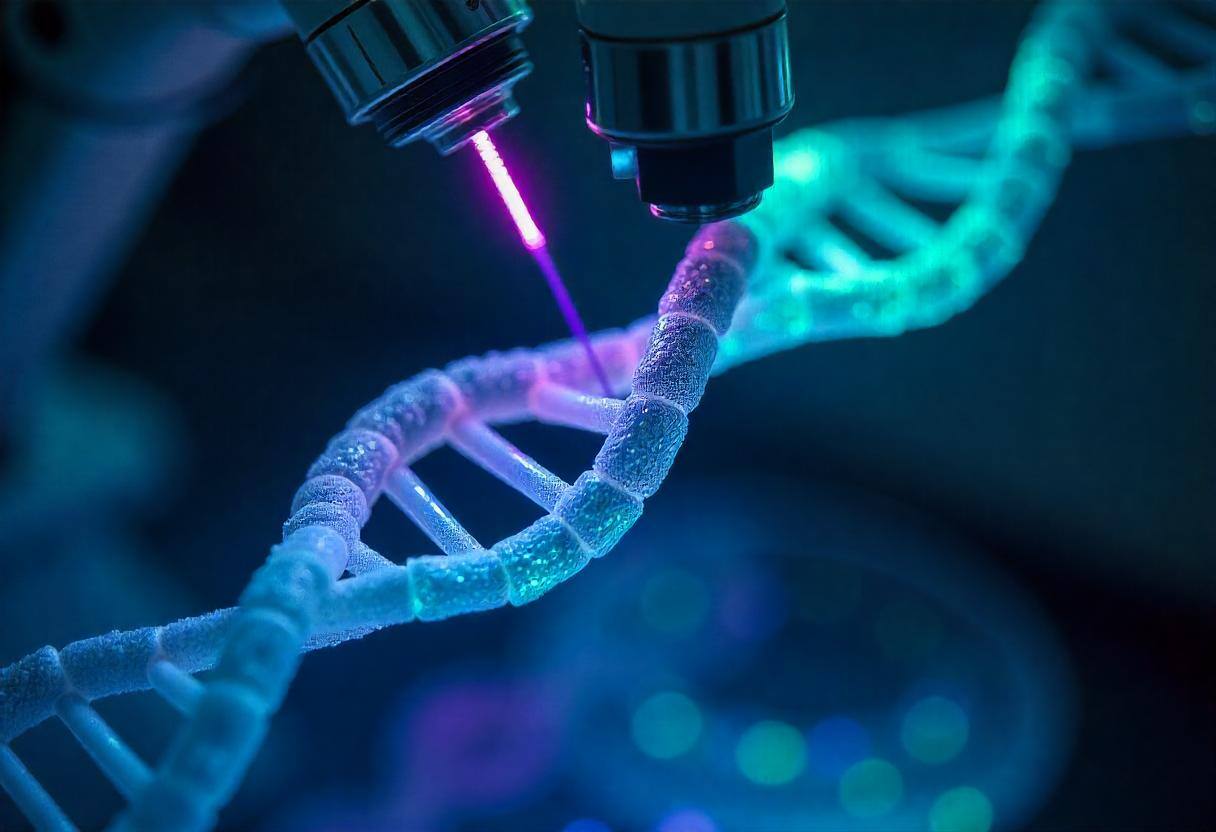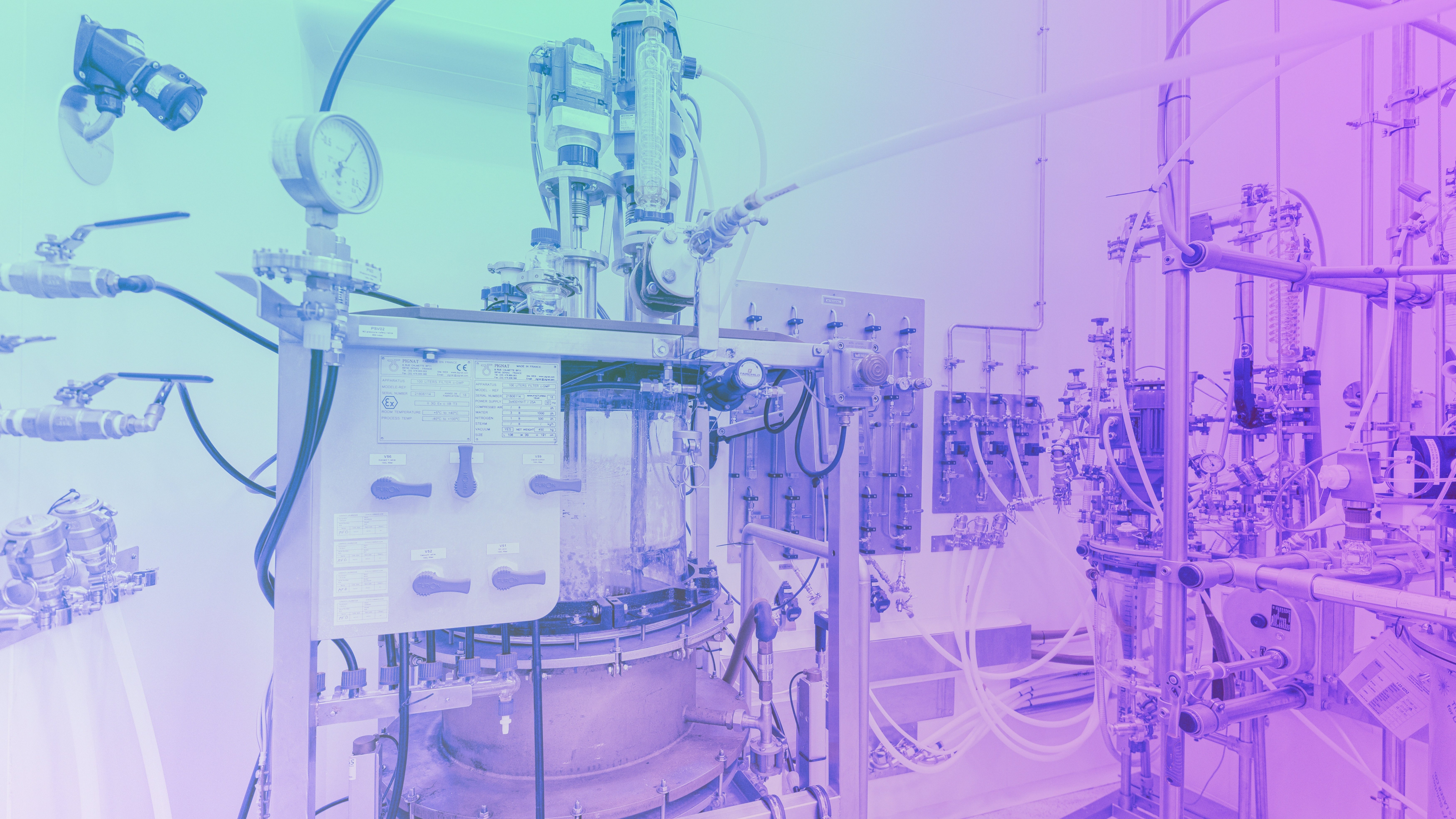Currently, lipid nanoparticles (LNPs) stand as the predominant delivery system for emerging mRNA-based therapeutic solutions. LNPs can be swiftly produced, consistently replicated, and exhibit remarkable scalability. Nevertheless, their sensitivity to the manufacturing and purification procedures remains considerably elevated, and optimized analytical methods are essential to ensure a clinically accepted LNP drug product. This application note aims to provide an overview of the most relevant techniques developed for In-Process Control (IPC) and final product analysis, necessary for the successful release of a GMP-compliant LNP drug product
At Curapath, we employ a comprehensive suite of analytical techniques to optimize LNP characterization and process monitoring, ensuring the delivery of high-quality drug products. Below, we outline the most effective methods used to evaluate critical quality attributes of LNP formulations.
1. Dynamic Light Scattering (DLS): Size and Polydispersity (PDI)
Ensuring uniform particle size is vital for effective RNA delivery. DLS is a cornerstone technique for monitoring LNP size distribution and polydispersity index (PDI) at every stage of production. This ensures that the formulation maintains homogeneity, a critical factor in achieving consistent therapeutic outcomes.
2. High-Performance Liquid Chromatography with Charged Aerosol Detection (HPLC-CAD): Lipid Profiling
Lipid composition is crucial to LNP functionality. HPLC-CAD enables precise quantification of key lipid components such as DSPC, cholesterol, SM-102, and DMG-PEG. It also assesses lipid purity and degradation, ensuring the formulation's stability and efficacy.
3. UV-Vis Spectroscopy: mRNA Content Determination
Accurate measurement of mRNA content is essential for potency. Using advanced UV-Vis systems, such as the Stunner platform, Curapath can determine mRNA concentrations with minimal sample volume, enhancing efficiency in both R&D and GMP workflows.
4. Fluorescence Spectroscopy: Encapsulation Efficiency
To evaluate RNA encapsulation efficiency (EE%), we leverage fluorescence assays like Quant-iT RiboGreen. This technique provides nuanced insights into encapsulation rates, ensuring efficient delivery and minimizing nucleic acid loss during processing.
5. Automated Gel Electrophoresis (AGE): mRNA Integrity
Preserving mRNA integrity is fundamental for therapeutic efficacy. AGE systems, such as TapeStation, deliver precise integrity profiles for encapsulated mRNA. This ensures the RNA remains stable throughout the formulation and storage processes.
6. Headspace Gas Chromatography with Flame Ionization Detection (HS-GC-FID): Residual Ethanol
Ethanol is a critical solvent in LNP manufacturing, but residual levels must be tightly controlled. HS-GC-FID provides accurate monitoring of ethanol removal during tangential flow filtration (TFF), ensuring GMP compliance.
7. Tangential Flow Filtration (TFF): Purification Monitoring
TFF enables the efficient removal of impurities and precise control over particle size. By integrating in-process controls (IPCs) such as ethanol concentration and particle size tracking, TFF enhances the scalability and reliability of LNP purification.
Conclusion
From formulation to final vial, the characterization of lipid nanoparticles demands a robust analytical toolkit. By combining methods like DLS, HPLC-CAD, UV-Vis, and AGE, Curapath ensures the development of high-quality LNP drug products that meet stringent GMP standards.
Curapath's vertically integrated approach provides seamless support, from preclinical development to commercial launch. With cutting-edge techniques and expertise, we bridge the gap between innovation and clinical success, advancing the field of RNA-based therapeutics.
If you want to know more abour Curapath Lnp Analytical methods yo can reach out or donwload the full article here
👇👇👇👇





